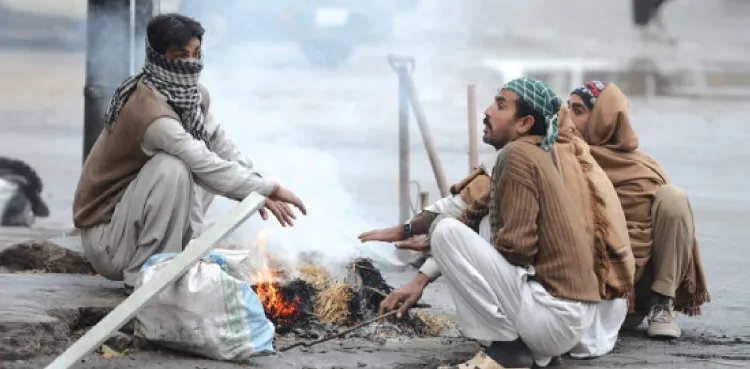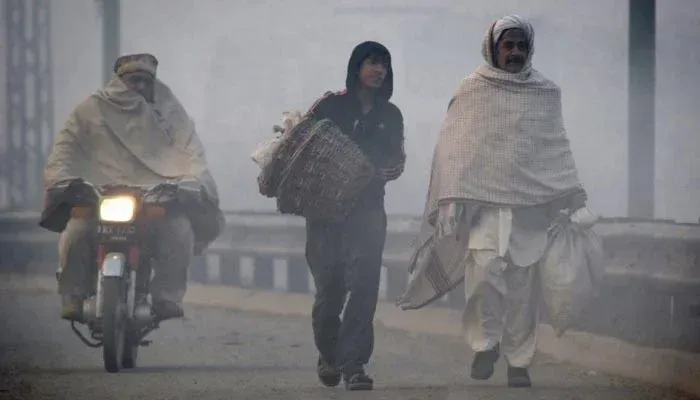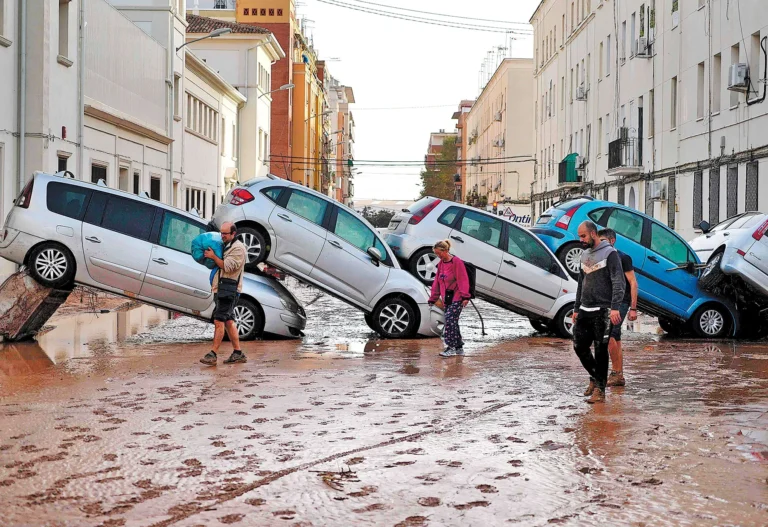The port city, Karachi in Pakistan is one city famous for having the warm weather which at the same time remains full of humid conditions. As of lately, winters were turning quite chilly leaving every soul confused about this changing usual routine in weather pattern over there. Let’s dive into the science of why Karachi’s winters are getting colder from contributors to global climate patterns and what that means for the future of the city. Let’s dig in and answer some of the most frequently asked questions about Karachi’s changing winter weather.

Karachi is on the Arabian Sea, therefore that city’s climate is subtropical. It experiences long hot humid summers and cold winters that may rarely fall to 10°C (50°F). The extreme tempests of the temperature prevailing in that city are modified due to the city’s coastal location; as compared to the rest of the country, the temperature of that city is relatively stable.
Recently, the winters are feeling colder, and the longer it stays there, the worst it gets. What was once one of the cities, which enjoyed the summer season all the time, now has sweaters and heaters that come in for winter. The reason it happens calls for knowledge of the cause.
Reasons Karachi’s Winters Are Colder
1. Global Climate Change
Climate change alters the pattern of global weather. The global warming increases the average temperatures normally but leads to extreme weather and colder winters in specific locations. Climatic changes the wind pattern, oceanic circulation, and atmosphere; therefore, they may alter the type of weather occurring in Karachi.
2. Polar Vortex and Jet Streams
The polar vortex is the ring of low-pressure and cold air encircling the polar regions of Earth, which sometimes weakens and shifts place, sending chillier air mass.
3. Polar Vortex and Jet Streams
The polar vortex is the ring of low-pressure and cold air encircling the polar regions of Earth, which sometimes weakens and shifts place, sending chillier air masses southward, bringing sudden snaps of cold as far as some regions are thousands of miles away from the poles such as Karachi.es southward, bringing sudden snaps of cold as far as some regions are thousands of miles away from the poles such as Karachi.
4. The La Niña Phenomenon
La Niña is that climate event in which sea surface temperatures in the Pacific are below average. This weather condition has the potential to change the scenarios everywhere. Due to changes in atmospheric circulation, years of La Niña can provide cooler winters at some places of South Asia especially Pakistan.
5. Urban Heat Island Effect
Although the urban heat island effect generally warms cities like Karachi compared to their rural backgrounds, it can also enhance extreme weather. Besides that, rapid urbanization coupled with low vegetation may cause a sharp temperature drop at night during winters.
6. Western Disturbances
Western disturbances are Mediterranean weather systems bringing rains and snowfalls to South Asia. In case such systems are approaching southern Pakistan, there is every likelihood that temperatures over Karachi could come down due to these disturbances. That might be one of the reasons for chiller winters in the recent past if it is increased in frequency or intensity.

Role of Geography
Karachi geographically is extremely close to the Arabian Sea. The sea has very significant functions regarding the climate in Karachi. By virtue of natural thermos regulatory function, ocean water tempers the extremes within the fluctuations, thereby bringing temperate balance with it. However, these variations triggered by ocean heat fluctuations as generated by phenomena, such as Indian Ocean Dipole (IOD), and El Niño-Southern Oscillation (ENSO), tend to disturb this fragile balance. Cold sea surface temperatures in the Arabian Sea in the winter months ensure that there will be cold air masses over Karachi.
Daily Life Style
The cold winter in Karachi ensures that there will be both negative and positive impacts on daily life:
- Health: More cases of respiratory diseases and flu and more severe cases might be too much to bear for people not accustomed to the cold, especially without adequate winter clothing or heating.
- Energy Consumption: More heaters and hot water, hence more electricity and gas usage. This would further burden an already overstretched energy system within the city.
- Agriculture: Though Karachi itself is not a much agricultural city, its adjacent cities will face a great threat from such unusual cold snaps at their crops.
- Lifestyle: Winter garments, hot drinks, and street sports are on. The crowd is living by the mood of the weather.
What does this indicate for Karachi’s future?
This would, therefore, be a reflection of the fact that Karachi would experience colder winters in the long term. If the world’s climate is to alter regional climatic conditions, then cities must prepare and adapt to the unusual weather patterns.
- Urban Planning: In this case, green spaces and sustainable designs in urban layouts may help control the urban heat island effect while building climate resilience.
- Infrastructure: Upgrading energy infrastructure to handle increased demand during colder months is essential.
- Awareness: Educating residents about climate change and its local impacts can foster a more informed and prepared community.
FAQs About Karachi’s Colder Winters
1. Why does Karachi experience colder winters nowadays?
Climate change, polar vortex, La Niña, and ocean temperature changes may contribute to this pattern.
2. Does global warming bring Karachi its cold winters?
Yes, indirectly. Global warming may also disrupt atmospheric and oceanic systems, which are likely to have extreme weather events.
3. How long will this trend of colder winters last?
It’s difficult to predict. Climate patterns like La Niña are cyclical, but long-term climate change could make colder winters more frequent.
4. Are Karachi’s colder winters harmful?
While colder winters may pose health and energy challenges, they also bring opportunities for seasonal activities and a break from the city’s usual heat.
5. What can residents do to adapt to colder winters?
Winter clothes, space heaters, and weather updates have been an ideal investment for the inhabitants to get themselves accustomed to harsher winters.
6. Only in Karachi, is this so?
Absolutely not; other places in Pakistan, too, and rest of the world experience cold winters due to changes occurring worldwide.
Conclusion
Karachi, whose winter is colder than ever before, is an interesting yet worrisome example of how global and regional climate factors play together to produce local weather changes. There is thus a need to understand the science behind such change among residents as well as policy makers. How the city copes with the shift will remain to be seen, but one thing is for sure: a sustainable future lies in embracing proactivity.




